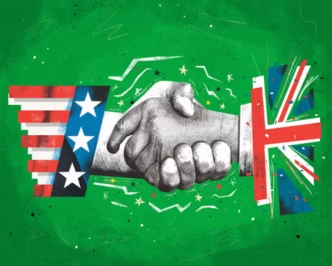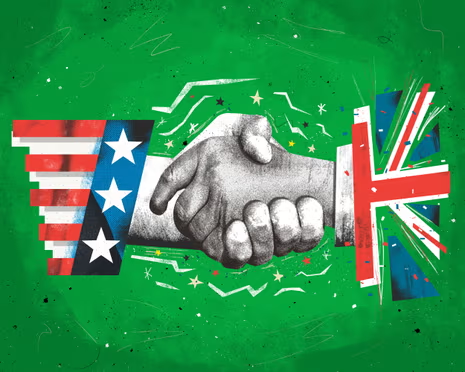The recent announcement of a bilateral trade agreement between the United States and the United Kingdom, while celebrated by some as a step forward, has met with a decidedly cool reception in Brussels. As European Union trade ministers convened on Thursday, their message was clear: the perceived limitations of the US-UK pact, particularly the continued application of US tariffs on British exports, are unlikely to deter impending EU countermeasures.
The agreement, unveiled last week by US President Donald Trump and UK Prime Minister Keir Starmer, focuses on trimming tariffs on specific sectors like aluminium, steel, and cars. However, crucially, it retains a 10% levy on the majority of UK exports to the US. For the European Union, this is viewed as a half-measure, falling far short of the ambition and parity they seek in their own trade relationship with the United States.
This sentiment was echoed by Polish Deputy Economy Minister Michal Baronowski, representing the EU’s rotating presidency. While acknowledging the US-UK deal and a separate truce with China as potentially signalling a de-escalation of trade tensions, he cautioned against premature optimism. Baronowski highlighted that global partners like Japan shared a similar cautious stance, suggesting that the current US offers do not meet the expectations of major trading blocs. “I don’t think that’s the level of ambition that Europe would be happy with,” he stated, expressing hope for a “better deal than any other deals the US is now negotiating.”
Sweden’s Trade Minister Benjamin Dousa was even more direct in his assessment. He unequivocally stated that if the US-UK deal represents the level of access granted to Europe, the US should anticipate countermeasures from the EU side. Dousa went so far as to question whether the agreement could even be “called a trade deal at all,” underscoring the perceived inadequacy of the terms.
The context for the EU’s position is the current trade landscape. The bloc presently faces a 25% tariff on its exports of steel, aluminium, and cars to the US. Furthermore, a 10% “reciprocal” tariff is applied to nearly all other goods, with the potential to rise to 20% if negotiations do not yield a satisfactory outcome before the looming July 8th deadline.
In essence, the European Union views the US-UK agreement as a demonstration of the US’s current negotiating posture, which they find insufficient to address their own trade grievances. The limited nature of the pact, particularly the continued imposition of tariffs on a wide range of goods, reinforces the EU’s belief that robust countermeasures are necessary to level the playing field and incentivize a more comprehensive and equitable trade relationship. The coming weeks leading up to the July 8th deadline will be crucial in determining whether further negotiations can bridge this gap and avert a potential escalation of transatlantic trade tensions.
Source: GlassBalkan








